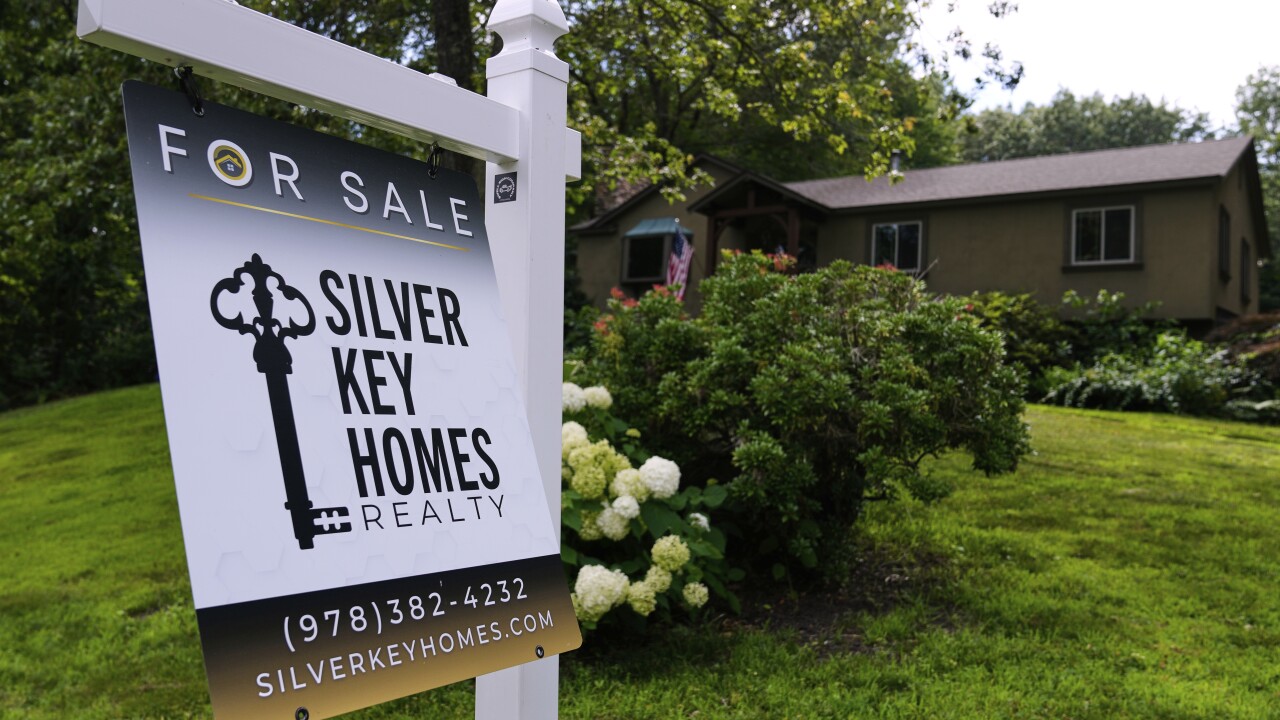With record-high home prices, potential homebuyers had no respite as the average rate on a 30-year U.S. mortgage loosened this week.
According to Freddie Mac, a mortgage buyer, the long-term rate dropped from 6.75% to 6.74% on Thursday. The average rate was 6.78% a year ago.
Additionally, the cost of borrowing for 15-year fixed-rate mortgages, which are common among homeowners refinancing their house loans, decreased. The average rate decreased from 5.92% to 5.87% during the previous week. According to Freddie Mac, it was 6.07% a year ago.
The U.S. housing industry, which has been seeing a decline in sales since 2022, when mortgage rates began to rise from the pandemic’s lowest points, has been burdened by high mortgage rates.
LINKED STORY | Millions desire yet are unable to own: How is the housing crisis being addressed?
Home sales in the United States have been weak this year and fell last month to their slowest level since last September. In 2024, sales of previously inhabited homes fell to their lowest level in almost 30 years. Although new single-family home sales increased by 0.6% last month, June and May sales have been at their worst pace since October of previous year.
Even though there are more homes available than there were a year ago, many Americans can no longer afford to become homeowners due to growing property prices and persistently high mortgage rates. Since many homeowners locked up mortgage rates when they were significantly lower, elevated mortgage rates are also deterring them from selling.
According to Jiayi Xu, an economist at Realtor.com, the ongoing threat of tariff-driven inflation and the growing U.S. national debt, which is predicted to increase even more when the Big Beautiful Bill Act is passed, have contributed to the establishment of a relatively high floor for interest rates, at least for the time being.
The Federal Reserve’s interest rate policy decisions, bond market investors’ forecasts for the economy, and inflation all have an impact on mortgage rates.
Lenders use the 10-year Treasury yield as the primary barometer for determining how much to charge for home loans. Following the most recent indications that the U.S. economy appears to be holding up well despite all the pressures on it from tariffs and other sources, the yield was at 4.41% at noon on Thursday, down from 4.40% late on Wednesday.
Despite President Donald Trump’s demands for the Fed to decrease rates, traders have been betting that the Fed would maintain its key short-term interest rate at its forthcoming meeting next week, which has caused yields to go higher for the majority of this month.
Lower short-term rates, which affect the interest rates that consumers pay on credit cards and vehicle loans, could result from a less independent Fed. However, the longer-term bond yields, which affect the rates on home loans, might be negatively impacted.
The average 30-year mortgage rate has stayed comparatively around its peak for the year, which was established in mid-January at slightly over 7%. This year, the 30-year rate fell to 6.62% for a brief period in early April.
The average 30-year mortgage rate is predicted by economists to stay above 6% this year. By the end of this year, the average rate is expected to ease to about 6.4%, according to recent projections from Realtor.com and Fannie Mae.






